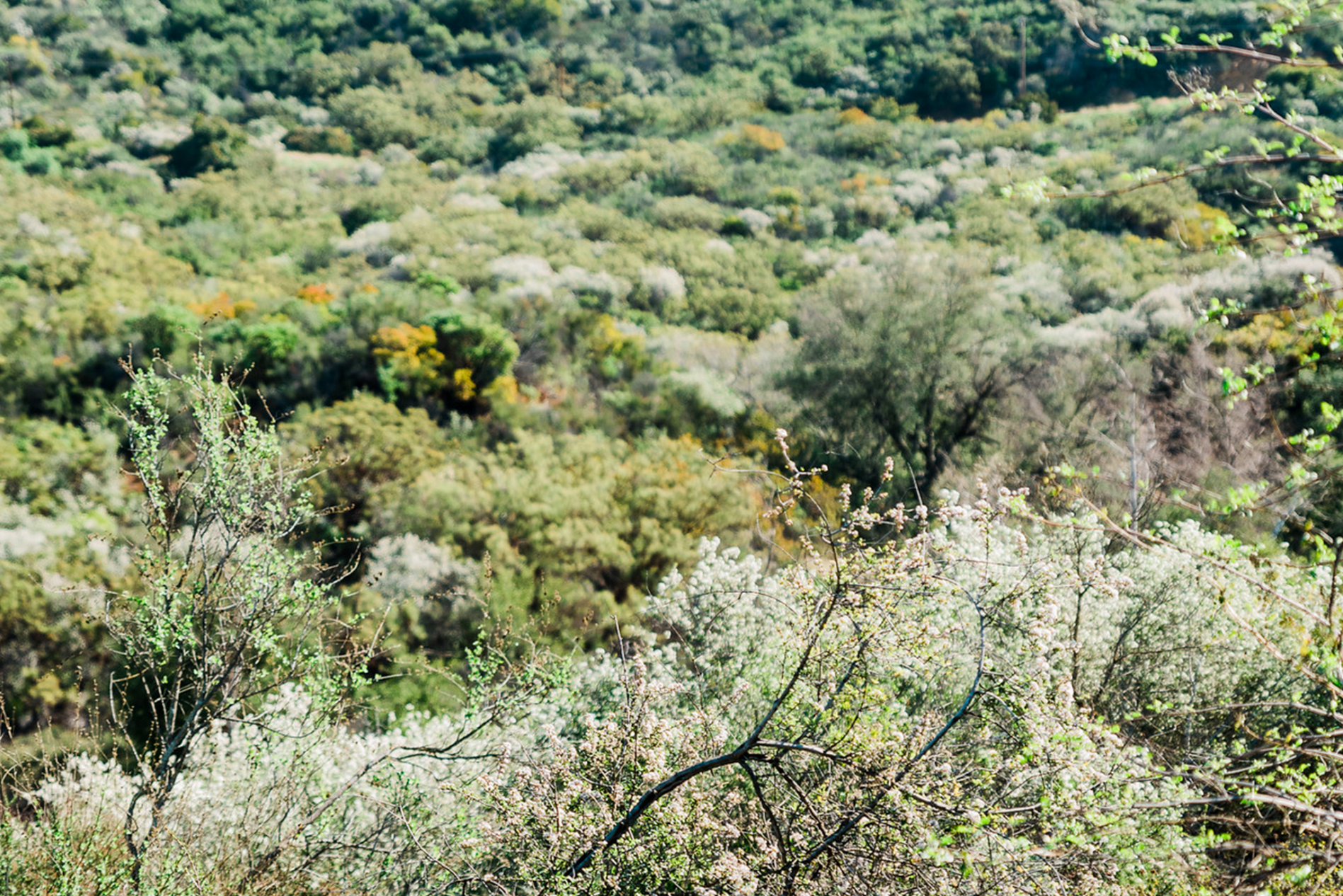An update from the TreePeople Land Trust
It finally happened. After a record-breaking 212 days without rain, the skies above Sacramento roiled with dark clouds as an atmospheric river emptied 5.4 inches of rain onto the thirsty landscape–breaking yet another record for the city. The dichotomy between these extremes, drought and downpour, results in a host of environmental consequences. Perhaps the most notorious among these is debris flows, and here at TreePeople Land Trust we’re taking a closer look at our local soil to understand the risk associated with our new climate.
These massive swings in precipitation are predicted to become a signature feature of California’s future. Interestingly, as the earth’s climate warms, California is the only mediterranean climate zone where we don’t predict much change in the average precipitation year to year. Surficially, this is a good thing, but it also obscures some important details of how this rainfall is distributed. Climatologists are increasingly referring to these new patterns as “precipitation whiplash.” Our seasonal summer drought is expected to get longer and drier, while our wet season (traditionally October through April), will contract in length – delivering heavier, more concentrated rainfall.
This increasing reliance on atmospheric river events also veils a key component to the state’s water system: snowpack. Atmospheric rivers are so named due to their appearance on weather radar; long, but narrow bands of moisture whipped up from the tropics. This tropical moisture has long been a mainstay of our climate, but such systems are traditionally warm, resulting in less snowpack that acts as a natural reservoir in the mountains. The feather river basin in Northern California received a generous rainfall of 10 inches during our recent storm, but the snow level remained above 11,000 feet, ensuring that most of that precipitation results in runoff that’s more difficult to capture or percolate into groundwater basins.
A key concern of Californians who have recently experienced fire is another phenomenon associated with heavy downpours: the threat of debris flows. When fire burns through a landscape, especially in chaparral systems, oils from burning vegetation precipitate down into the first few inches of soil, creating a hydrophobic (or water resistant) layer that prevents water from infiltrating into the earth. The result is a higher volume of runoff that leads to flooding and even more destructive debris flows. Little is understood about how these soil properties change over time through different fire regimes.
For that piece of the puzzle, we are excited to announce a new research project in collaboration with Doctors Andrew Gray and Daniel Hirmas at UC Riverside, which will explore this topic across a wide range of land owned by TreePeople Land Trust. Funded by the Natural Resource Conservation Service, this project will explore soil properties across 20 sites located throughout the Santa Monica Mountains. Using 3D mapping and chemical imagery, we will explore how the increasing frequency of fire impacts soil properties, which in turn influences vegetation communities, carbon cycling, and the production of runoff, flooding, and debris flows. Work on this research will begin next summer and inform landowners and public agencies where debris flow risk may be especially high.
-Kevin Gaston, Deputy Director of TreePeople Land Trust
Find out more about TreePeople Land Trust at treepeoplelandtrust.org.

